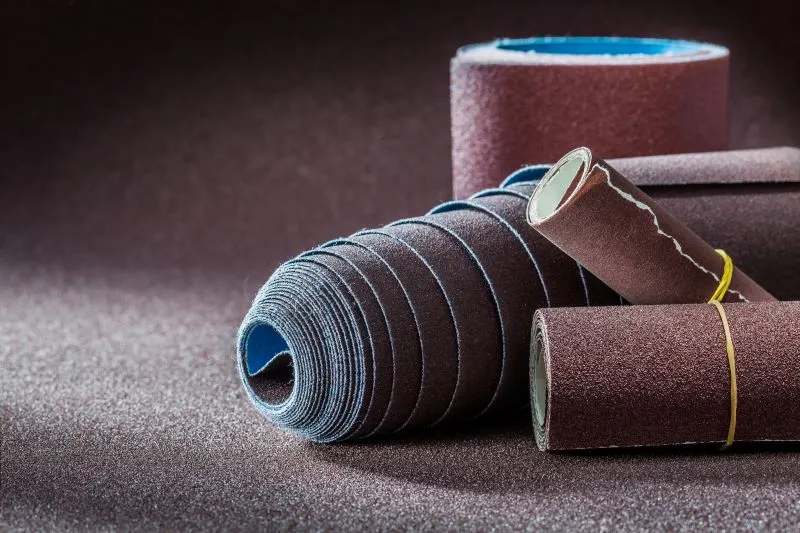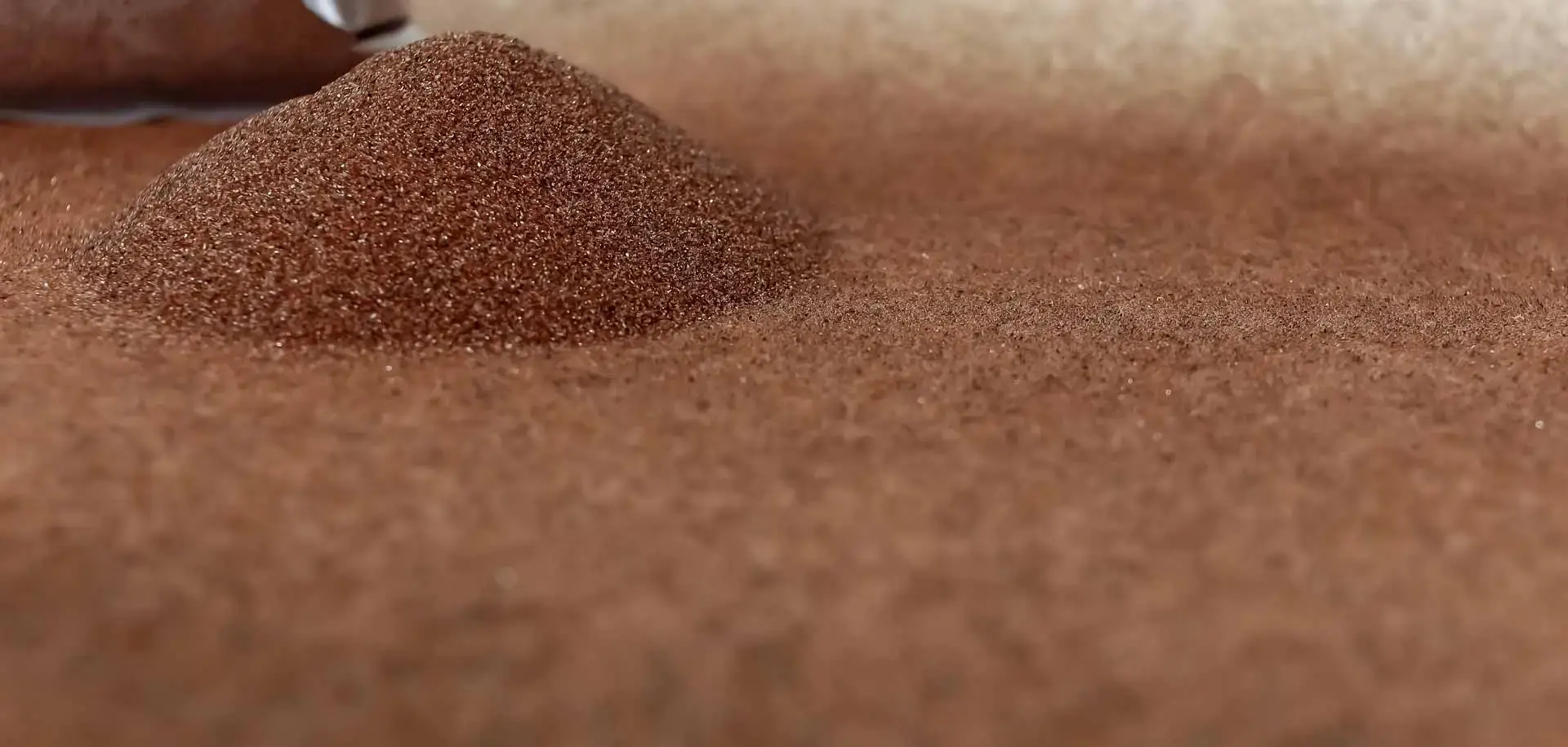Every craftsman, artist, or DIY enthusiast knows the importance of sandpaper in their work. From smoothing surfaces to removing old paint, the utility of sandpaper is endless. But do you fully understand the complexities of this essential tool? In this article, we’ll explore the sandpaper grit chart, how sandpaper grit is measured, and how to choose the right abrasive paper grit for your project.
A Brief History of Sandpaper
Before diving into the technicalities, let’s take a brief journey through the history of sandpaper. Originating from China in the 13th century, the initial iterations of sandpaper used sand glued to parchment paper, serving as a robust abrasive. However, the modern versions of sandpaper have evolved significantly, with precise grit sizes and stronger materials replacing the rudimentary sand.
Understanding Sandpaper Materials
Sandpaper is made up of different materials, each with its unique properties, allowing for targeted results on various surfaces. These materials can be broadly classified into two categories: natural and man-made abrasive materials.

Natural Abrasive Materials
- Garnet: This material is commonly used for hand sanding, particularly for wooden surfaces. As garnet sandpaper wears down, the finish becomes finer, making it ideal for removing light scratches.
- Emery: Also known as emery cloth, this abrasive is perfect for sanding and polishing metal surfaces.
Man-Made Abrasive Materials
- Aluminum oxide: This material is versatile, suitable for most surfaces, including wood, metal, plastic, and drywall. Its durability ensures long-lasting usage.
- Silicon carbide: This is the go-to choice for wet sanding due to its waterproof backing. It removes material faster than aluminum oxide but has a shorter lifespan.
- Zirconia alumina: Made from an aluminum oxide-zirconium oxide alloy, zirconia alumina is commonly used on wood, fiberglass, and metal surfaces.
- Ceramic alumina: These extremely hard and durable abrasives are an excellent choice for power sanding using ceramic belts or discs. They can last up to 6 times longer than other high-quality sandpapers.
Deciphering the Sandpaper Grit Chart
The grit size of sandpaper is determined by the number of abrasive particles per square inch. Large particle size indicates fewer particles per square inch, leading to a lower grit number and a coarser sandpaper. Conversely, smaller particles result in a higher grit number, indicating a finer sandpaper.
Let’s illustrate this concept using a basketball hoop analogy. If you drop 100 golf balls through the hoop, consider it equivalent to a 100-grit sandpaper. On the other hand, if only 20 softballs fit through the hoop, it corresponds to a coarser, 20-grit sandpaper.
The grit sizes can range from super fine (comparable to the size of cooking flour) to extra coarse (similar to granulated sugar). Different countries use different standards for grit sizing, such as CAMI (Coated Abrasive Manufacturers Institute) used in the United States, and FEPA (Federation of European Producers of Abrasives) used in Europe.
The Practical Use of Different Grit Sizes
The varying grit sizes of sandpaper allow users to accomplish specific tasks on different surface types. Generally, higher grit numbers (finer with smaller particles) are used for smoothing wood and painted surfaces, while lower grit numbers (coarser with larger particles) are used for heavy sanding or cutting hard surfaces.
If your goal is to achieve an ultra-smooth surface, it’s advisable to “go through the grits.” Start with a coarse grit and gradually work your way down to finer grits, ensuring an even and smooth surface.
Here’s a handy sandpaper grit chart to guide you:
| Average Micron Size (in inches) | CAMI Grit Range | FEPA P Grade | Common Uses |
|---|---|---|---|
| 0.028 – 0.0204 | 24-36 | P24 – P36 | Fast removal of tough paint and varnish |
| 0.01045 – 0.0074 | 60-80 | P60 – P80 | Removing old paint and rounding rough edges |
| 0.00608 – 0.0036 | 100-150 | P100 – P150 | Sanding wood in preparation of finishing |
| 0.00304 – 0.0025 | 180-220 | P180 – P220 | Final sanding of bare wood |
| 0.0014 + | 320 and up | P400 and up | Polishing wood |
Useful Tools for Sanding
Sanding can be performed with simple folded sandpaper, but certain tools can make the process quicker and easier. Depending on your project, using the right tool can significantly enhance the effectiveness and efficiency of your sanding work.

- Manual hand sander: An inexpensive tool with a padded base to which the sandpaper is clamped. It provides extra leverage, making sanding quicker for large surface areas.
- Orbital Sander: A handheld power tool perfect for sanding down surfaces to remove paint and varnish, preparing wood for painting.
- Belt Sander: This powerful sander is used for quickly sanding down large rough surfaces. It can be a handheld device or a large bench-mounted machine.
- Sanding Sponge: Made of flexible sponge-like material, a sanding sponge offers some extra give against the sandpaper, making it perfect for sanding rounded edges.
- Floor Sander: This machine is ideal for removing varnish from hardwood floors and grinding down warped flooring.
Concluding Thoughts
Understanding the intricacies of sandpaper grit sizes and their applications can prove crucial for your project’s success. Whether you’re a seasoned craftsman or a DIY novice, the right sandpaper can significantly impact your work’s quality and efficiency. So the next time you pick up a piece of sandpaper, remember the knowledge you’ve gained from this comprehensive guide.

